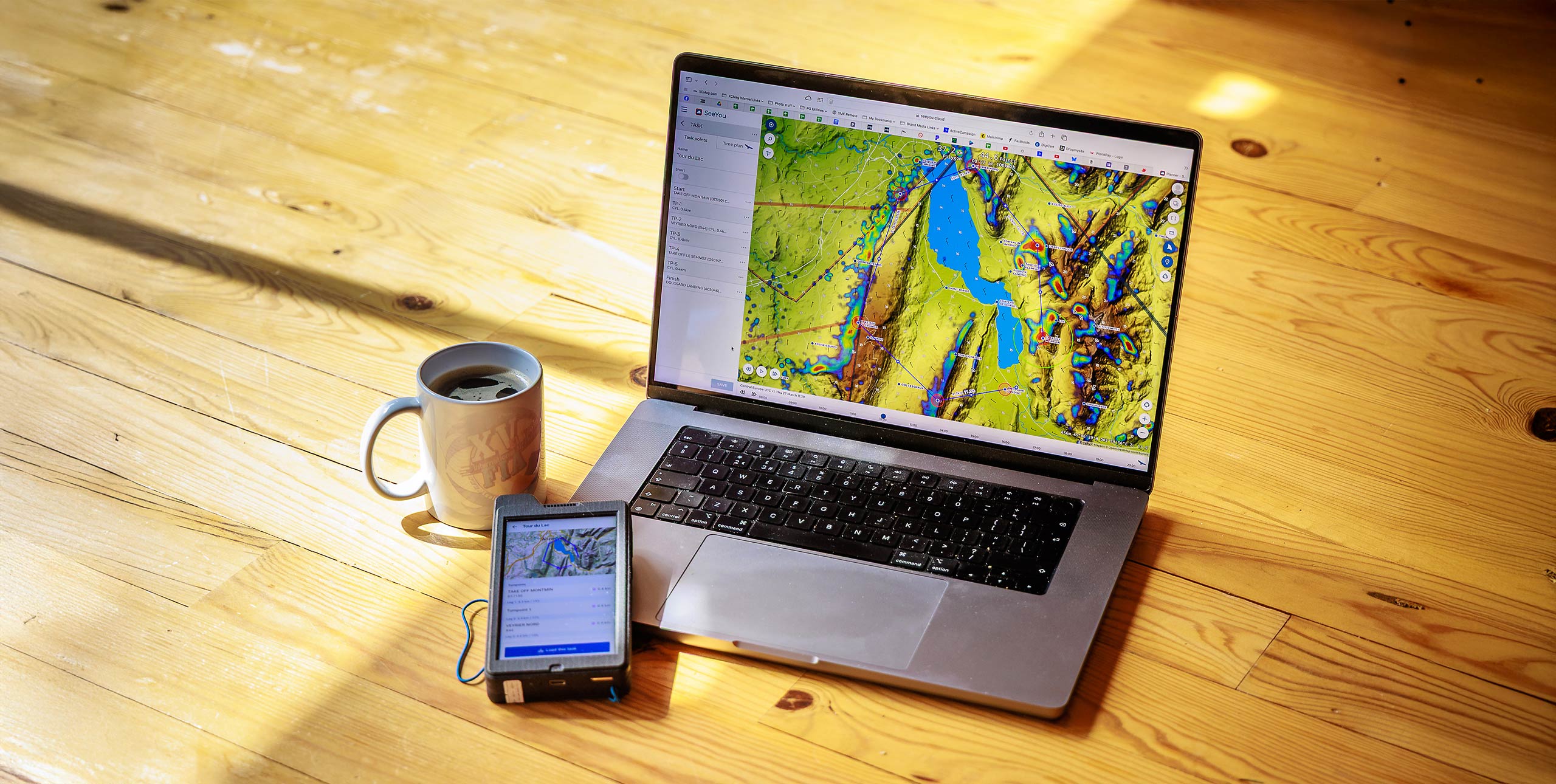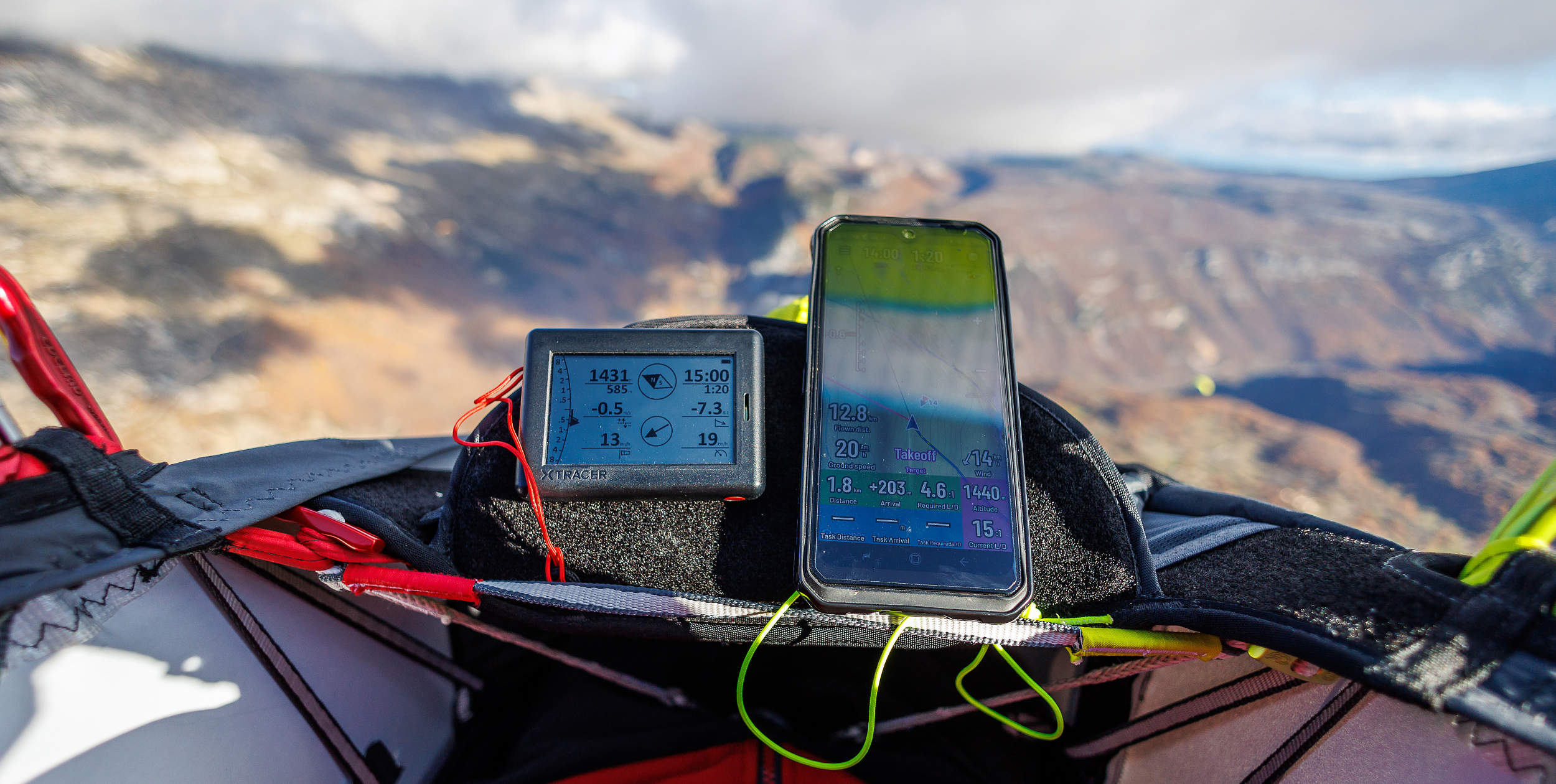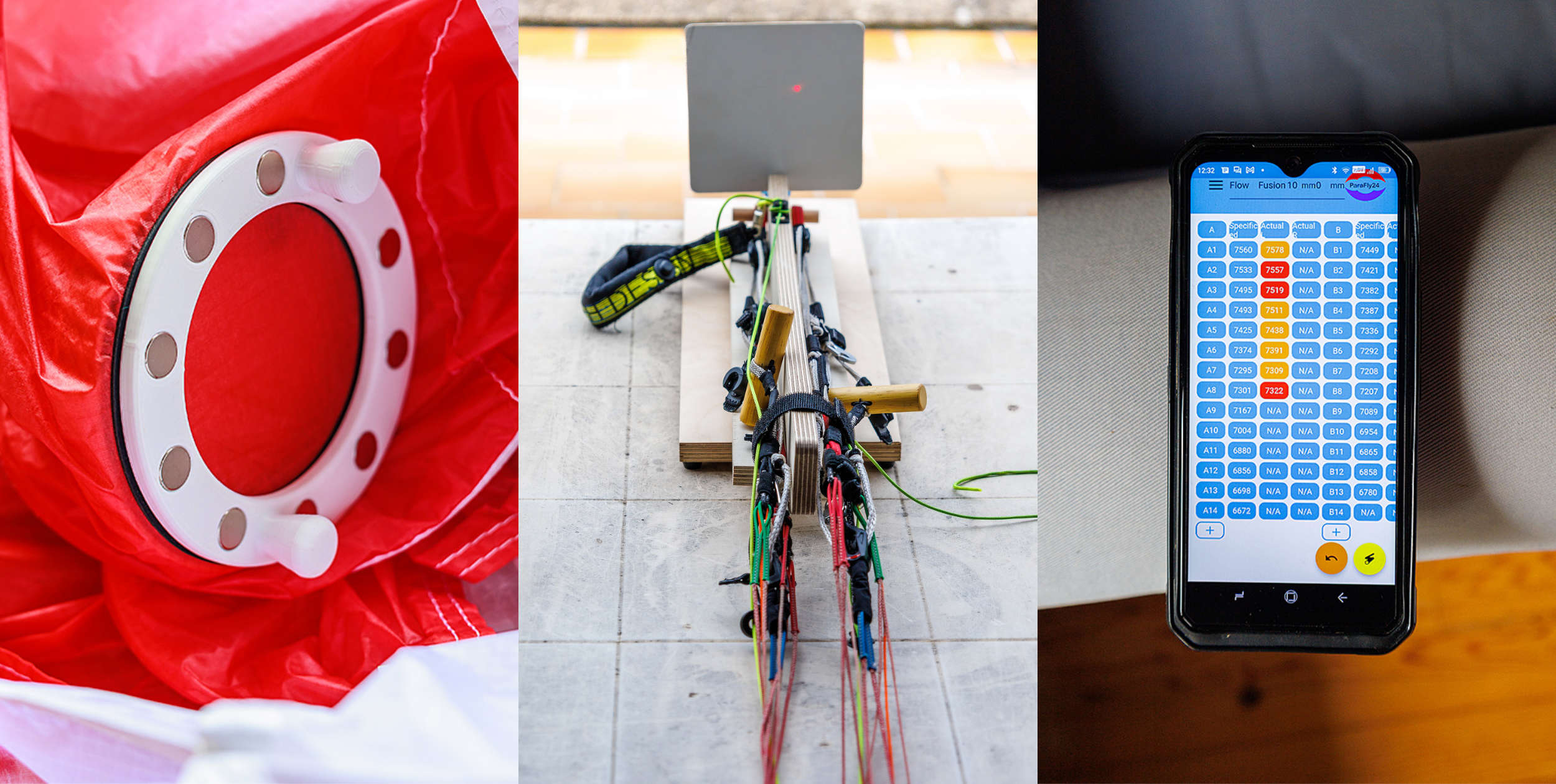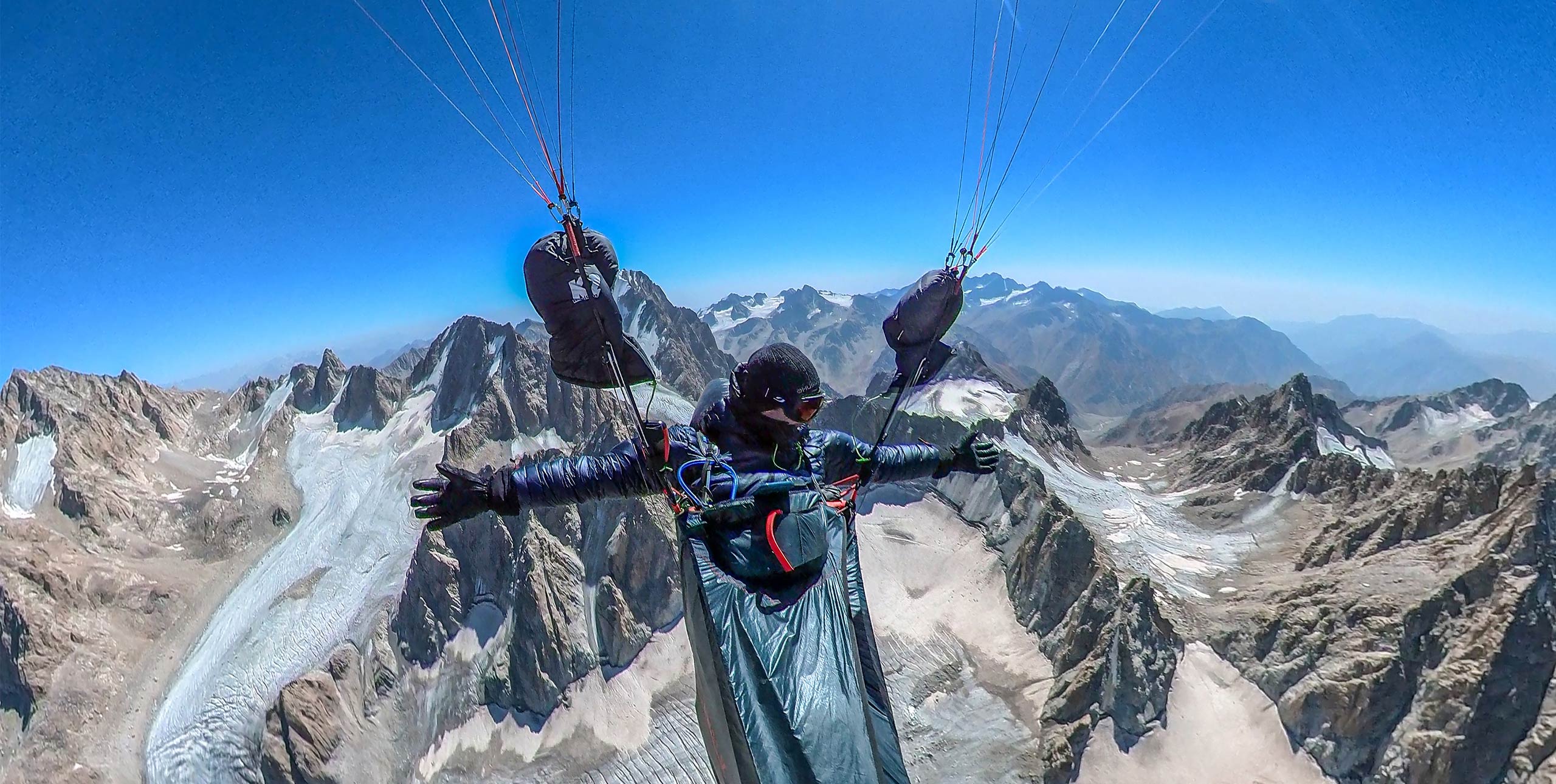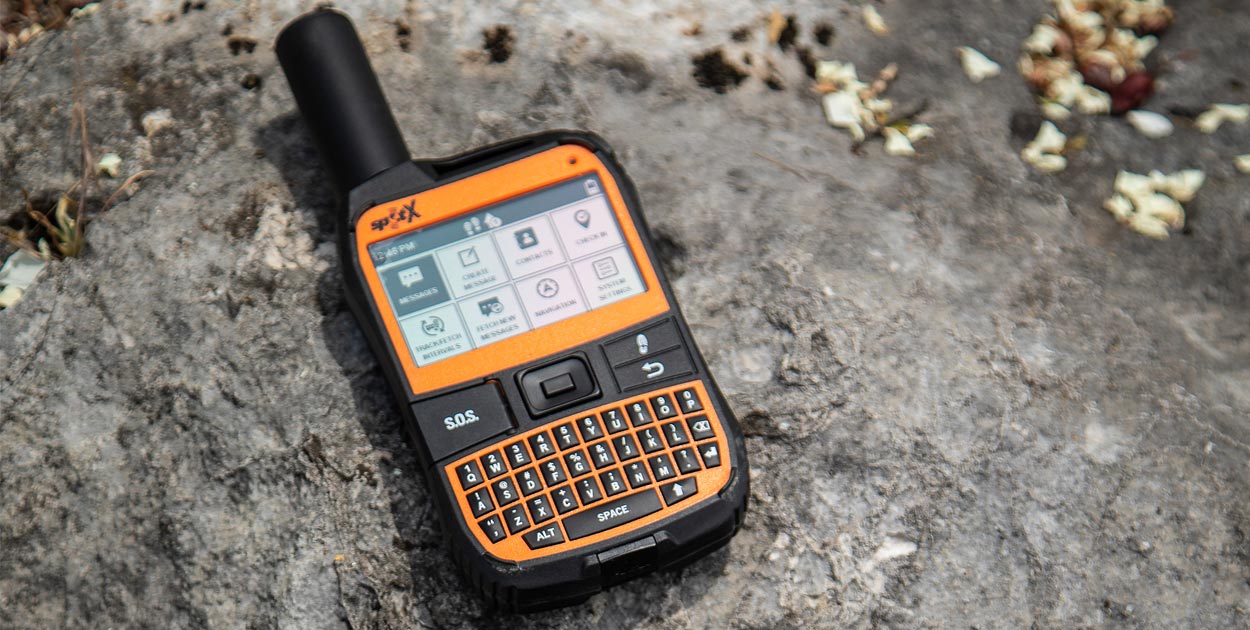
The Spot X is a new two-way satellite-tracker and messenger from Spot. Unlike the company’s other device that had two-way messaging, the Spot Connect, the Spot X is a standalone device and doesn’t need a phone to send messages. Marcus King took it into the backcountry to see how it performed.
The basics
Like the Spot Gen 3 the Spot X is housed in a bright orange plastic housing that looks pretty tough. I accidentally tested this by leaving it on the roof of my car and driving off. It survived the fall onto the road OK. It’s also water resistant to the IP67 standard (“The unit can be dropped into a body of water up to a metre deep for half an hour”).
There’s a stubby aerial on the top and on the bottom, under a rubber cover, is a micro-USB connection for charging and updating the unit. On the front is a black-and-white LCD screen, a few buttons – including the all-important SOS button under a cover – and a Qwerty keyboard reminiscent of old BlackBerry smartphones (1999-2013). Despite the small size of the keys, it’s actually pretty easy to type out a quick message.
Messaging
To make it all work you will need a subscription to Spot’s service. These start at $11.95 per month, but can cost as much as $40 a month. Once connected to your account you can add contacts and customise 14 predefined messages, syncing them to the device via your computer. This helps keep the need to type to the minimum.
Contacts can use phone numbers or emails. Worth noting is that if an email contact replies to your message they are limited to 140 characters, so you may need to train them to strip their emails back to the bare minimum. In our tests in southern France the messages all sent reliably and quickly. You do have to manually check for incoming messages rather than it being automatic, but this helps save battery.

Tracking
As well as messaging the Spot X does normal tracking and, depending on your subscription, tracking intervals can be as short as every two-and-a-half minutes. I found it even worked OK when chucked in the back of my harness, although it would be best mounted on your shoulder strap.
Tracking is much better than relying on hitting the SOS button as in case of an accident you may not be able to do that. Even with 10-minute tracking anyone looking for you should have a good idea of where to start searching.
Battery life seems good: I left the unit on the shortest tracking interval and it kept working for five days. Spot claim ten days with 10-minute tracking.
One bad point is that coverage is an issue for the Globalstar network that Spot runs on. Two-way messaging only currently works in the Americas, Europe and parts of Africa. Asia and Australia are only covered by a one-way service. Globalstar say they are working to improve the network to cover all the top paragliding locations.
Tough enough
The satellite tracking and communicator market is becoming increasingly busy, with several different units available on differing networks (Garmin inReach is the obvious main competitor). They vary a lot in cost both of the unit and ownership. The one you choose will depend on where you are likely to use it and your budget. Where we tested it in the southern French Alps we found the Spot X to be reliable and tough enough for adventure.
AT A GLANCE
What: Spot X, two-way satellite communicator
Size: 16.61 x 7.37 x 2.39 cm
Weight: 198g
Battery life: 10 days (with 10-minute tracking)
Price: $249 plus service subcription
Published in Cross Country issue 202, August 2019.


